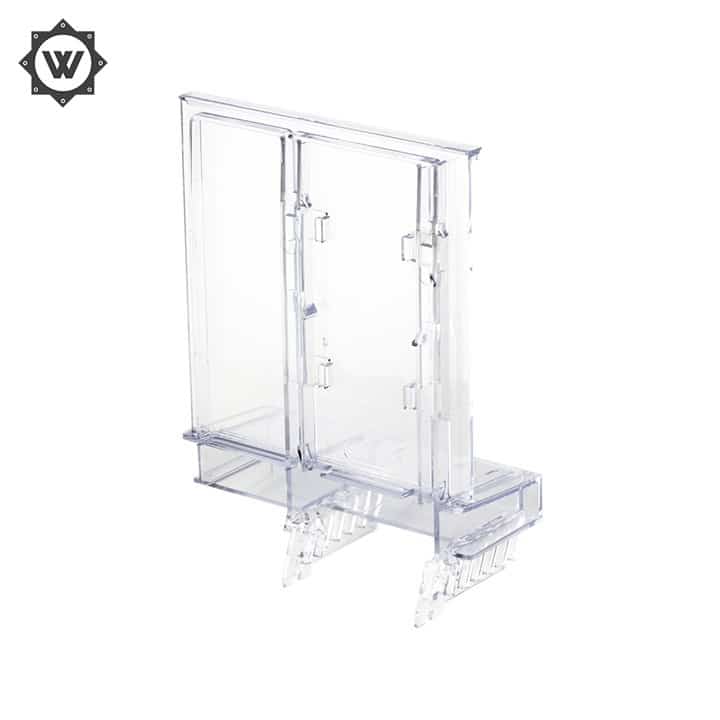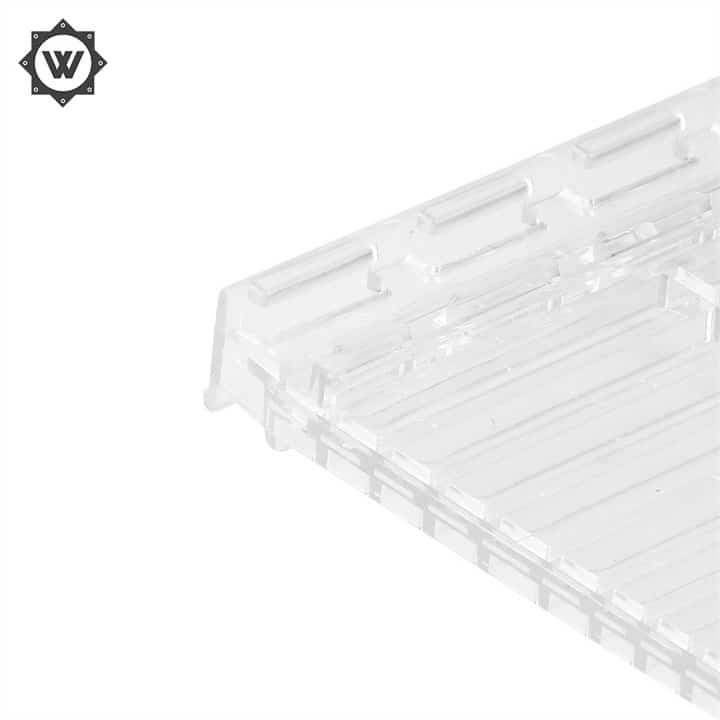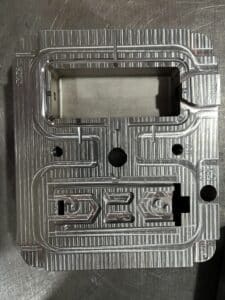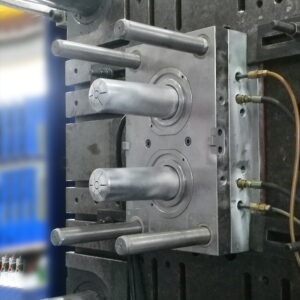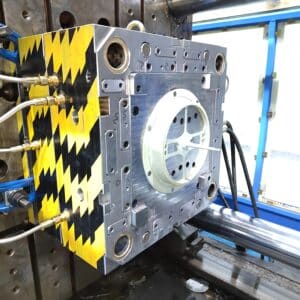Characteristics, advantages and disadvantages of structural foam injection molding process
Structural foam injection molding is a relatively new injection molding technology, and many injection molding methods of structural foam have been developed. For example, single component method and two-component method; Low pressure method, medium pressure method, high pressure method; There are also methods named after many companies’ research and experiments, such as BASF method, GE method, etc.
Structural foam can be made into products with a wall thickness of more than 5 mm or a sudden change in wall thickness. The product is a compact, one-piece foam material, whose strength and stiffness per unit weight are 3 to 4 times higher than those of the same kind of non foam materials. Structural foam products not only have high bending resistance and stiffness, but also can reduce reinforcing ribs and eliminate shrinkage marks caused by wall thickness. In addition, the internal stress concentration of the product is small, and it is not easy to produce large deformation during use, It also has the characteristics of good machining performance.
Low pressure structural foaming injection molding is also known as ME method. Chemical foaming agent azodicarbonamide or other chemical foaming agents are usually used for low pressure structural foaming injection molding.
Advantages of structural foaming process:
1. The inherent shrinkage mark problem in ordinary injection molding does not exist in structural foam molding, because structural foam compacts all surfaces;
2. The wall thickness section gives better rigidity to the overall structure;
3. The low injection pressure allows the operator to use multiple sets of molds on one machine at the same time, which makes the operation cycle be divided equally by several parts and reduces the molding cost.
4. Material saving
Disadvantages of structural foaming process:
1. Under normal circumstances, the minimum wall thickness of structural foaming is 5 mm, so even if the density is reduced, the quality of the molded parts will be larger;
2. The molding cycle is up to 3-6min;
3. For places with high appearance requirements, the swirling lines and inconsistent surface finish need cosmetic processing;
4. It is difficult to fill the small area of precise structure with low pressure injection using structural foaming process.
Features of low-pressure foaming injection molding machine:
1. The formwork area is large, and the mold closing force is lower than that of ordinary machines;
2. The injection device is equipped with a check valve, so the metering and foaming rate can be stable.
3. Ultra high speed injection can be used to improve the foaming ratio.
The process of low pressure structure foam injection molding is very similar to that of ordinary injection molding, and consists of the following work procedures:
1. Plasticizing measurement
The molding materials containing foaming agent fall into the plasticizing barrel from the hopper. Due to the rotation of the screw, the materials are plasticized and melted and transported to the metering chamber at the front end of the barrel. Foaming agent begins to decompose under the dual action of temperature and shear and distributes evenly to the melt.
Due to the sealing and back pressure of the self-locking nozzle, the melt pressure is higher than the foaming pressure of the foaming agent gas, thus preventing the plastic melt from foaming in advance in the barrel. Only when it is injected into the mold cavity can it foam.
2. Injection filling
During injection, the melt in the barrel metering chamber is injected into the mold cavity in a very short time. As the injection molding speed is fast and the time is short, the foaming agent has no time to release gas for foaming. At this time, the cavity is not full of melt.
3. Cavity foaming
After the molten material is injected into the mold cavity, the gas uniformly distributed in the pre plastic will begin to expand, and the volume of the molten material will increase until the mold cavity is fully filled. At the same time, the molten material in the mold cavity will be subject to the back pressure of the exhaust gas.
4. Shaping cooling
The cooling effect of the mold releases the heat of the melt, so a large temperature gradient is formed between the surface and the core of the plastic products. Under the combined action of cooling and the pressure of foaming gas in the core, a dense skin layer is formed on the surface of the cavity.
5. Ejection
When the compact surface layer of the cavity can withstand the pressure of the core gas and can withstand ejection, the mold can be demoulded. The demoulded products can be water-cooled, which can save the cooling time and shorten the molding cycle.


